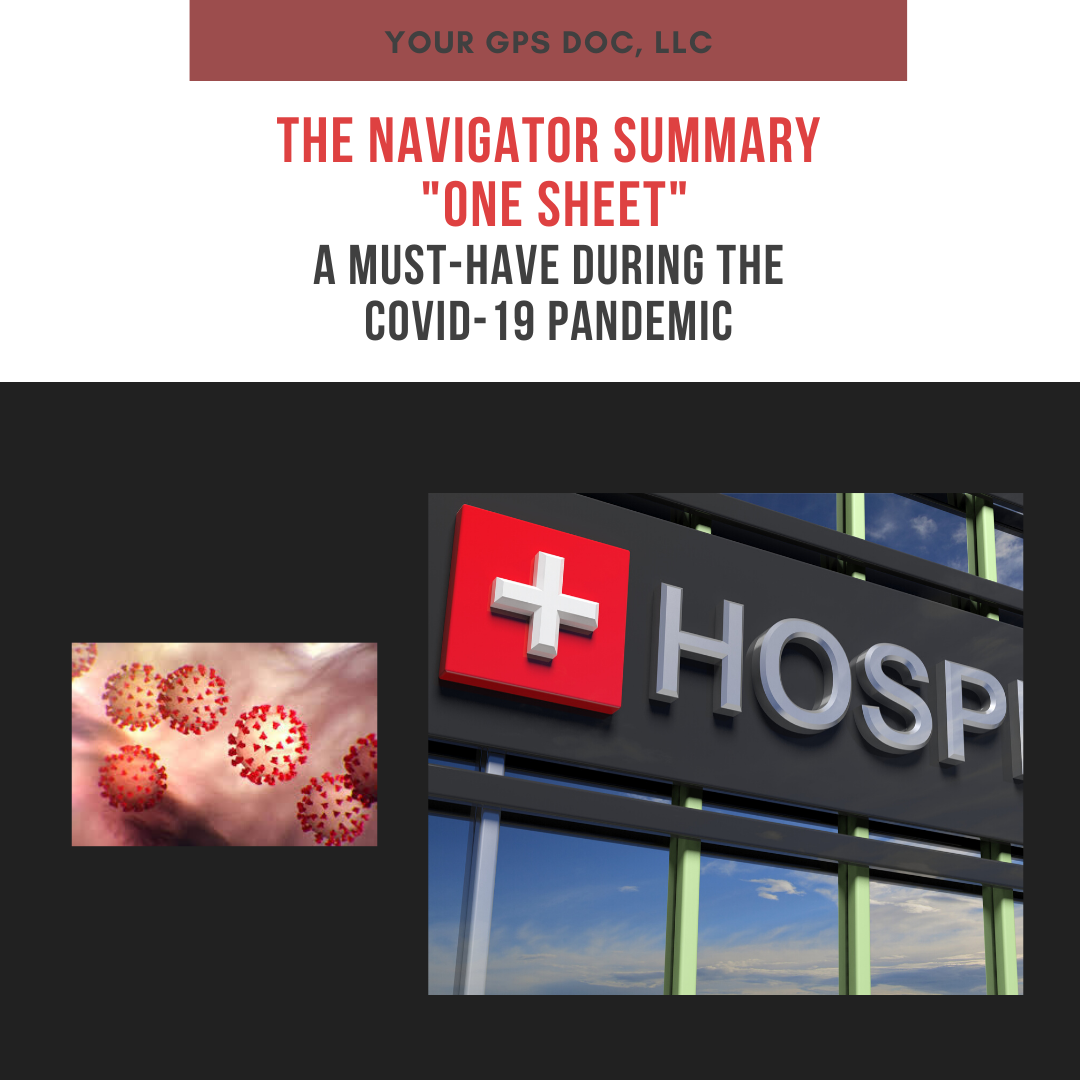When I began practicing as a hospitalist physician my patients’ family members would routinely ask, “When is her regular doctor coming to see her?” They were happy with the care I provided but wanted to see a familiar face. Today, almost thirteen years later, I am asked this question very rarely. Due to numerous changes in the health care industry, hospital medicine has become the fastest growing medical specialty in the United States. If you or your loved one has to be hospitalized, you will likely be cared for by a hospitalist. This article will bring you up to speed regarding this rapidly growing specialty and provide tips for a smooth transition when you return to your primary care provider.
The term “hospitalist” was coined in 1996 and refers to a physician who specializes in the care of hospitalized patients. It is estimated that there are more than 30,000 hospitalists practicing in the United States. Most hospitalists have completed residency training programs in either Internal Medicine or Family Medicine. These physicians practice exclusively in the hospital setting and typically do not have an outpatient practice. They are intimately familiar with the inner workings of the hospital. They work collaboratively with specialists and also with ancillary services such as the laboratory, radiology, and pharmacy. They lead quality improvement projects and sit on hospital committees. They are typically present and available 24 hours/day and can address concerns or changes in a patient’s clinical status promptly.
Hospitalists are generally felt to have a positive impact on the care of hospitalized patients and they are here to stay. But there can be some pitfalls. There may be multiple hospitalists caring for you or your loved one, often over 8-12 hour shifts. Sometimes information can be lost or inadvertently modified during handoffs (exchange of information) from one provider to the next. You may begin to feel frustrated if you are asked to repeat information you have discussed with another physician on the team. The hospitalist doesn’t have access to your outpatient chart and must rely on the information you or your family members provide at the time of admission. Lastly, you don’t have a relationship with the hospitalist, and you may feel uneasy being cared for by a “stranger” at a time when you are most vulnerable.
Here are five things you can do to partner with the hospitalist:
1. Be sure to provide an accurate, thorough history. The information you provide will play a significant role in the hospitalist’s ability to diagnose your condition and treat it appropriately.
2. Request that the hospitalist contact your primary care physician, particularly if you have a complicated medical history.
3. Provide an accurate medication list so the team can figure out what needs to be continued while you are hospitalized. This also can prevent potentially dangerous medication interactions.
4. Request daily updates when the hospitalist visits your room. Inquire about test results, specialty consult recommendations, and the progress of your illness.
5. Be sure to follow all of the recommendations provided at the time of discharge, and to follow up with your primary care doctor in a timely manner.
Have you joined the Your GPS Doc Family? If not, please click here to receive notifications about new content as well as useful worksheets and additional resources only available to Your GPS Doc subscribers.








This was phenomenal as me and friends all around are dealing with aging family members.
Thank you, Greta. It is my hope that these articles will be helpful to others.